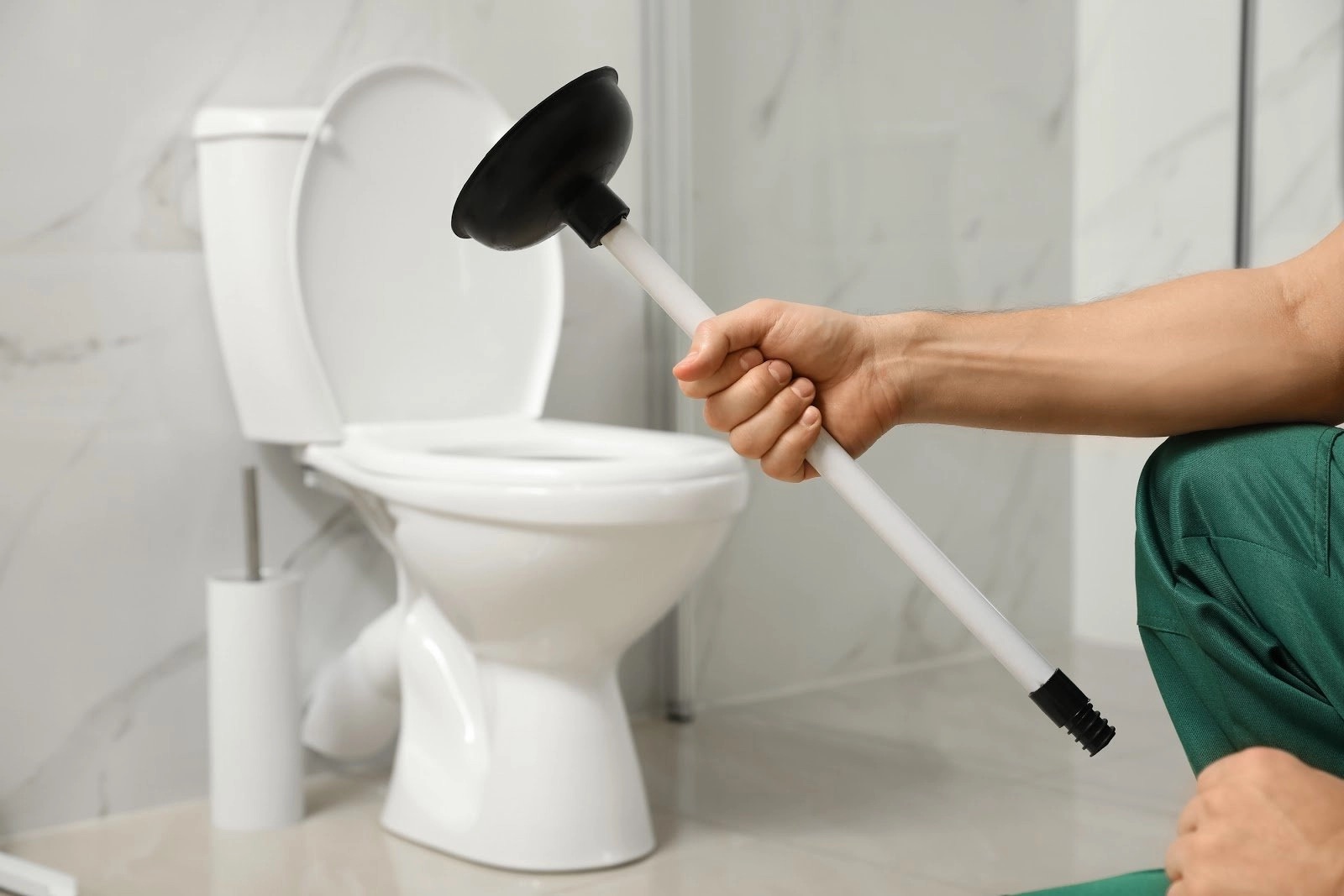

Articles
How To Unclog A Toilet With Plunger
Modified: March 2, 2024
Discover effective techniques for unclogging a toilet using a plunger in this informative article. Get step-by-step instructions and helpful tips to quickly fix the problem.
(Many of the links in this article redirect to a specific reviewed product. Your purchase of these products through affiliate links helps to generate commission for Storables.com, at no extra cost. Learn more)
Introduction
Clogged toilets can be a frustrating inconvenience that you may encounter from time to time. The thought of calling a plumber and spending money on a simple clog may not be appealing. However, with the right tools and techniques, you can easily unclog a toilet yourself.
One of the most effective tools for unclogging a toilet is a plunger. This simple yet powerful device can help dislodge and remove blockages in the toilet drain. In this article, we will guide you through the steps on how to use a plunger to unclog a toilet.
Before we get started, make sure you have the necessary tools and materials on hand:
Key Takeaways:
- Easily unclog your toilet with a plunger by preparing it properly, creating a strong seal, and using a rhythmic plunging motion. Test the drainage and repeat if necessary for a cost-effective solution.
- Remember to exercise caution, use proper technique, and avoid harsh chemicals when unclogging your toilet. Seek professional help if the clog persists, and practice regular toilet maintenance to prevent future blockages.
Read more: How To Unclog A Toilet With A Plunger
Tools and Materials Needed
- A plunger – preferably a toilet plunger with a flange, as it provides a better seal
- Rubber gloves – to protect your hands during the process
- Old towels or newspapers – to protect the floor from any water spills
- A bucket – to collect excess water, if needed
Now that you have all the necessary tools, let’s dive into the steps on how to unclog a toilet with a plunger.
Key Takeaways:
- Easily unclog your toilet with a plunger by preparing it properly, creating a strong seal, and using a rhythmic plunging motion. Test the drainage and repeat if necessary for a cost-effective solution.
- Remember to exercise caution, use proper technique, and avoid harsh chemicals when unclogging your toilet. Seek professional help if the clog persists, and practice regular toilet maintenance to prevent future blockages.
Read more: How To Unclog A Toilet With A Plunger
Tools and Materials Needed
When it comes to unclogging a toilet, having the right tools and materials can make the process much easier. Here are the essential items you’ll need:
- A Plunger: This is the most important tool for unclogging a toilet. It’s recommended to use a toilet plunger with a flange, as it provides a better seal. The flange is a rubber extension on the bottom of the plunger that helps create suction.
- Rubber Gloves: It’s important to protect your hands during the unclogging process. Rubber gloves will not only keep your hands clean but also provide a barrier between you and any potentially unsanitary water or debris.
- Old Towels or Newspapers: To prevent any water spills or messes, lay down some old towels or newspapers around the toilet. This will help absorb any excess water and make cleanup easier.
- A Bucket: In case the water level in the toilet is high and you need to remove some of it, having a bucket on hand will come in handy. This will prevent any overflow or flooding while you’re plunging.
Having these tools readily available will save you time and ensure a smooth and efficient unclogging process. Make sure to gather all the materials before you start unclogging the toilet to avoid any unnecessary interruptions.
Step 1: Prepare the Plunger
Before you start plunging the toilet, it’s important to properly prepare the plunger. Follow these steps:
- Inspect the Plunger: Check the rubber cup at the end of the plunger to ensure it’s intact, free from cracks, and able to create a strong suction. If there are any damages, it may impede the effectiveness of the plunging process, and you may need to replace the plunger.
- Clean the Plunger: Rinse the plunger under hot water to ensure it’s clean and free from any dirt or debris. This will help maintain hygienic conditions during the unclogging process.
- Submerge the Plunger: Fill the toilet bowl with enough water to submerge the rubber cup of the plunger. This water acts as a lubricant and helps create a strong seal.
- Position the Plunger: Hold the plunger with both hands and position it vertically over the toilet drain. Ensure that the rubber cup is directly covering the drain opening.
- Create a Seal: Press the plunger down firmly, allowing the rubber cup to create a tight seal around the drain. The seal is crucial for generating effective suction to dislodge the clog.
By following these steps, you’ll have a properly prepared plunger ready to tackle the clog. Remember, a good seal is essential for effective plunging, so take the time to ensure the cup is securely covering the drain.
Step 2: Create a Seal
Creating a strong seal between the plunger and the toilet drain is vital for effective unclogging. Follow these steps to ensure a proper seal:
- Position the Plunger: Place the plunger over the toilet drain so that the rubber cup covers the opening completely. Make sure the plunger is centered and straight.
- Press Down: Apply gentle downward pressure on the plunger to compress the rubber cup. This will expel any trapped air and create a vacuum effect.
- Check the Seal: Keep an eye on the water in the toilet bowl. If the seal is properly created, the water level should not move or should slightly rise.
- Adjust the Position: If necessary, adjust the position of the plunger to create a better seal. It’s important to have a tight seal to maximize the suction and dislodge the clog effectively.
- Hold Firmly: With both hands, grip the plunger handle firmly and maintain a stable position over the drain. This will prevent the plunger from slipping and ensure a consistent seal.
Remember, a proper seal is essential for generating the necessary suction to unclog the toilet. Take your time to position the plunger correctly and check that the seal is tight before moving on to the next step.
When using a plunger to unclog a toilet, make sure to create a tight seal around the drain and use a firm, steady motion to push and pull the clog free.
Read more: How To Unclog A Toilet Without A Plunger
Step 3: Plunge the Toilet
Now that you have created a strong seal between the plunger and the toilet drain, it’s time to start plunging. Follow these steps to effectively clear the clog:
- Push Down: Begin by pushing the plunger handle downwards, starting with a gentle and controlled motion. Gradually increase the pressure as you go.
- Plunge Up and Down: Using a rhythmic motion, plunge the toilet by moving the handle up and down. Keep the motion steady and consistent, allowing the suction to dislodge the clog.
- Avoid Breaking the Seal: Ensure that the rubber cup stays in contact with the toilet drain throughout the plunging process. Avoid lifting the plunger completely off the drain, as it will break the seal and reduce the effectiveness of the suction.
- Continue Plunging: Plunge vigorously for about 20 to 30 seconds at a time. Take short breaks in between to allow the water and pressure to adjust. Repeat this plunging process several times.
- Alternate Techniques: For stubborn clogs, you can try different techniques such as plunging with more force, changing the angle of the plunger, or varying the speed of your plunging motion.
Plunging creates a suction force that helps dislodge and break up the clog. Be patient and persistent while plunging, as it may take multiple attempts to clear the obstruction completely.
If you start to see the water level in the toilet bowl decreasing or notice any signs of movement, that’s a positive sign that the clog is starting to clear.
Remember to maintain a firm grip on the plunger handle and continue plunging until there is no resistance or obstruction in the drain.
Step 4: Test the Drainage
After plunging the toilet, it’s crucial to test the drainage to determine if the clog has been successfully cleared. Follow these steps to evaluate the effectiveness of your unclogging efforts:
- Slowly Flush the Toilet: Begin by slowly and carefully flushing the toilet. Use the handle or button as you normally would, but do so slowly to avoid any potential overflow.
- Observe the Drainage: Pay close attention to the water flow and the draining speed. If the water drains rapidly and smoothly without any signs of backup, it’s an indication that the clog has been cleared.
- Check for Any Remaining Issues: If the water takes longer than usual to drain or you notice any residual signs of a blockage, it may indicate that the clog is still partially present. In such a case, you may need to repeat the plunging process or consider using other unclogging methods.
- Monitor for Any Leaks or Overflows: While testing the drainage, keep an eye out for any leaks or overflows. If you notice water seeping out from the base of the toilet or any other unusual spots, it may indicate a different issue, such as a faulty wax seal or a more severe plumbing problem. In that case, it’s advisable to consult a professional plumber.
Testing the drainage is a crucial step to ensure that the toilet is functioning properly after the plunging process. If you’re satisfied with the drainage results and there are no signs of any remaining issues, you can proceed with normal toilet usage.
However, if the clog persists or you encounter repeated blockages, it may be a sign of a deeper plumbing problem. In such situations, it’s best to seek professional assistance to diagnose and address the underlying issue.
Step 5: Repeat if Necessary
If the initial plunging efforts haven’t completely resolved the clog, don’t worry. Sometimes, stubborn blockages require multiple attempts to be fully cleared. Follow these steps to repeat the plunging process:
- Recreate the Seal: Remove the plunger from the drain and begin Step 2 again to recreate a proper seal. Ensure that the rubber cup is positioned directly over the drain opening.
- Plunge Vigorously: With a firm grip on the plunger handle, plunge vigorously for another 20 to 30 seconds. Apply more force and intensity to generate sufficient suction and dislodge the remaining clog.
- Test the Drainage: After repeating the plunging process, proceed to Step 4 and test the drainage again. Keep a close eye on the water flow and draining speed to determine if the clog has been fully cleared.
- Repeat as Needed: If the clog persists or shows only partial improvement, repeat the entire plunging process multiple times. Be patient and persistent, as it may take several attempts to completely remove the obstruction.
It’s important not to give up too quickly if the clog persists. Remember that some types of clogs can be more stubborn than others, requiring additional effort and repetition to resolve.
If you’ve made multiple attempts and the clog still persists, it may be an indication of a more severe issue that requires professional intervention. At this point, it’s recommended to contact a plumber who can assess the situation and provide further assistance.
By being persistent and thorough in your unclogging efforts, you can increase the chances of successfully clearing even the most stubborn toilet clogs.
Additional Tips and Precautions
When it comes to unclogging a toilet with a plunger, there are some additional tips and precautions to keep in mind to ensure a safe and efficient process. Consider the following:
- Use proper technique: When plunging, maintain a steady rhythm and apply force from your arms, not your back. This will help prevent any strain or injury.
- Protect the surrounding area: Place old towels or newspapers around the toilet to catch any water spills or splashes. This will also help protect your flooring from potential damage.
- Avoid using chemicals: While it may be tempting to use chemical drain cleaners, they can be harsh on the plumbing system and may not be effective for all types of clogs. Stick to the mechanical action of the plunger for safer and more environmentally friendly unclogging.
- Keep children and pets away: During the unclogging process, make sure to keep children and pets away from the area to prevent accidents or exposure to unsanitary conditions.
- Know your limits: If you’ve made multiple attempts with the plunger and the clog persists, it’s best to contact a professional plumber. They have the expertise and tools to handle more complex and stubborn clogs.
- Maintain regular toilet maintenance: To help prevent clogs in the future, practice good toilet maintenance. This includes avoiding flushing non-flushable items, using a moderate amount of toilet paper, and periodically pouring hot water down the drain to keep it clear.
By following these additional tips and precautions, you can ensure a safer and more effective unclogging process. Remember, if the issue persists or you’re unsure of how to proceed, it’s always best to seek professional help to prevent further damage to your plumbing system.
Read more: How To Unclog Toilet Bowl Without Plunger
Conclusion
Unclogging a toilet with a plunger is a practical and cost-effective solution for dealing with common toilet blockages. By following the steps outlined in this guide, you can successfully tackle a clog and restore proper drainage to your toilet.
Remember to start by gathering the necessary tools and materials, such as a plunger, rubber gloves, old towels or newspapers, and a bucket. Prepare the plunger by inspecting and cleaning it before submerging the cup in water to create a seal.
Once the plunger is properly prepared, position it over the drain and create a strong seal. Plunge the toilet vigorously, using an up and down motion, while maintaining a firm grip on the plunger handle. Repeat the process as needed until the clog is cleared.
After plunging, test the drainage by slowly flushing the toilet and observing the water flow. If the problem persists, you can repeat the plunging process or seek professional help if necessary.
It’s important to exercise caution and follow the additional tips and precautions mentioned in this guide. Use proper technique to avoid strain or injury, protect the surrounding area, and avoid using harsh chemicals. Keep children and pets away from the unclogging process for their safety.
Remember, regular toilet maintenance is key in preventing future clogs. Practice good habits such as avoiding flushing non-flushable items and using a moderate amount of toilet paper.
In conclusion, with the right tools, technique, and perseverance, you can effectively unclog a toilet using a plunger. By following the steps outlined in this guide and implementing the additional tips, you’ll be equipped to handle common toilet clogs on your own and avoid unnecessary expenses.
However, in case of persistent or more severe clogs, it’s always best to consult a professional plumber to address the issue and ensure the proper functioning of your plumbing system.
Frequently Asked Questions about How To Unclog A Toilet With Plunger
Was this page helpful?
At Storables.com, we guarantee accurate and reliable information. Our content, validated by Expert Board Contributors, is crafted following stringent Editorial Policies. We're committed to providing you with well-researched, expert-backed insights for all your informational needs.
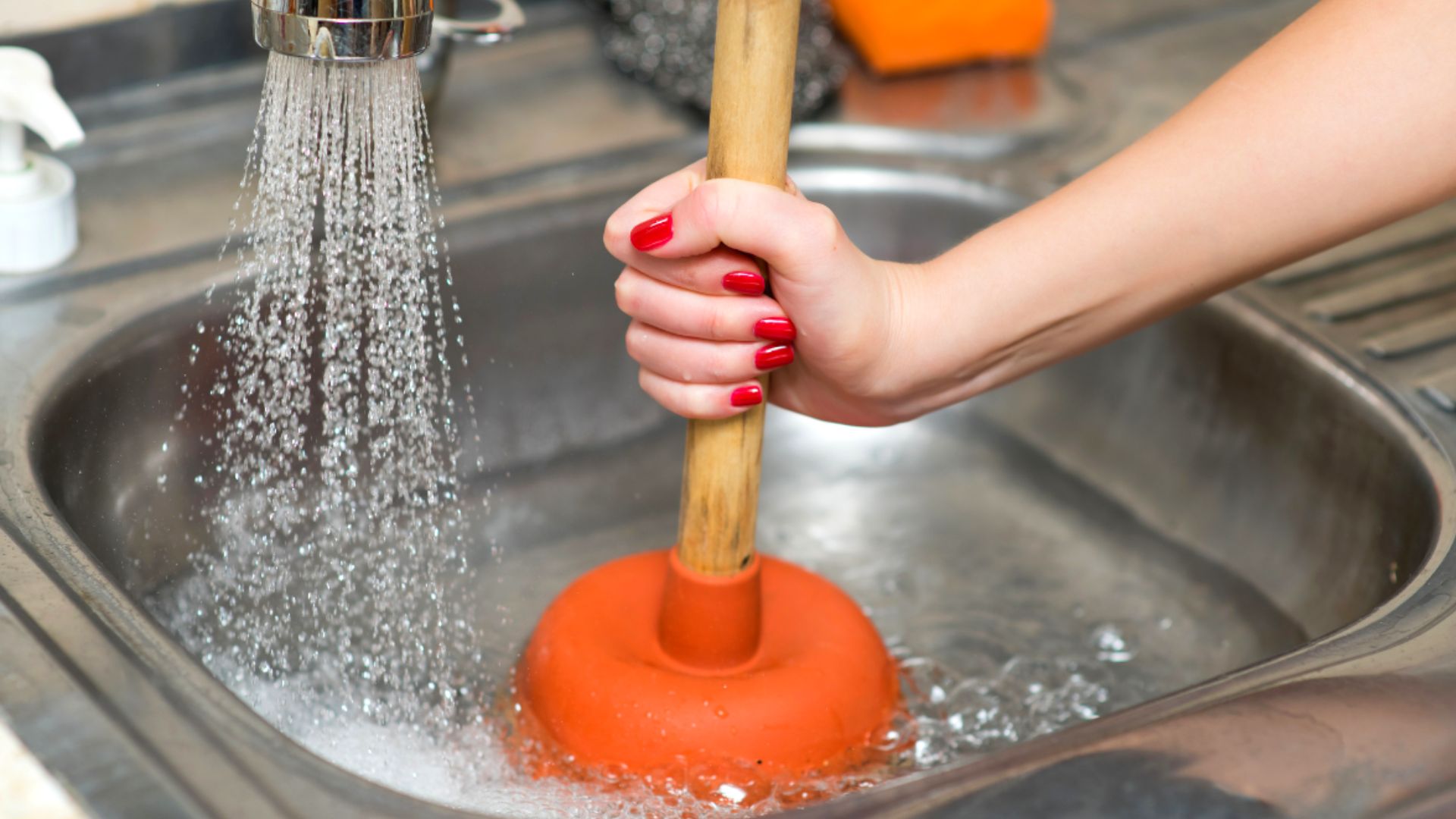
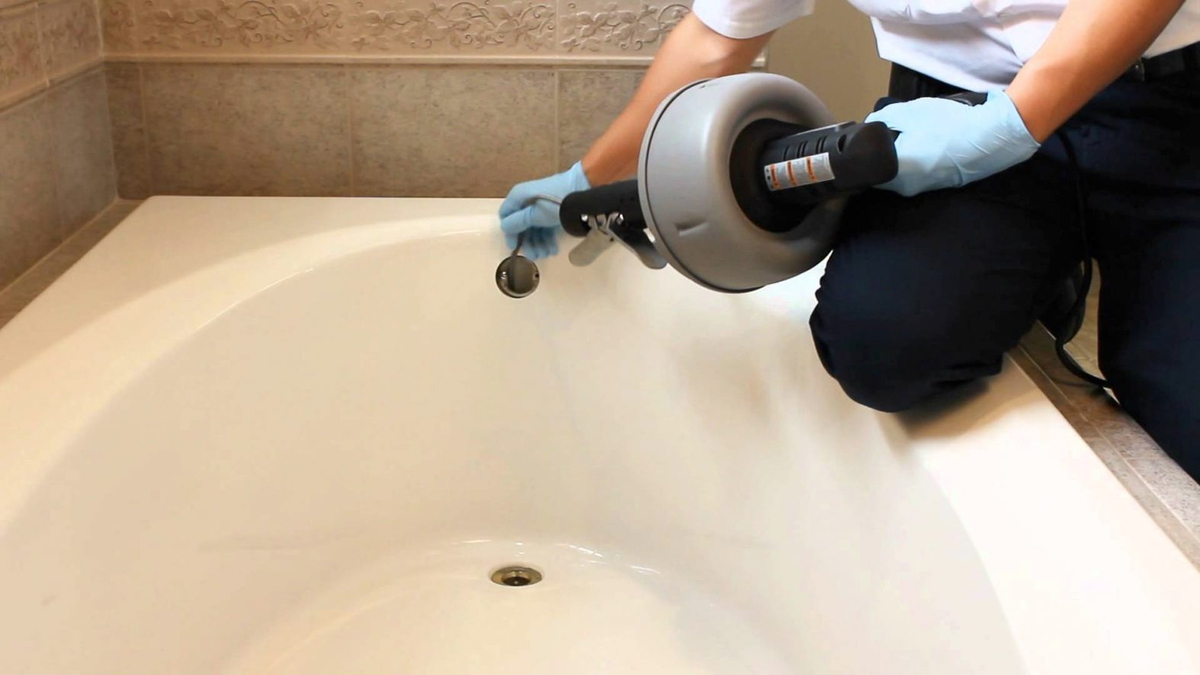
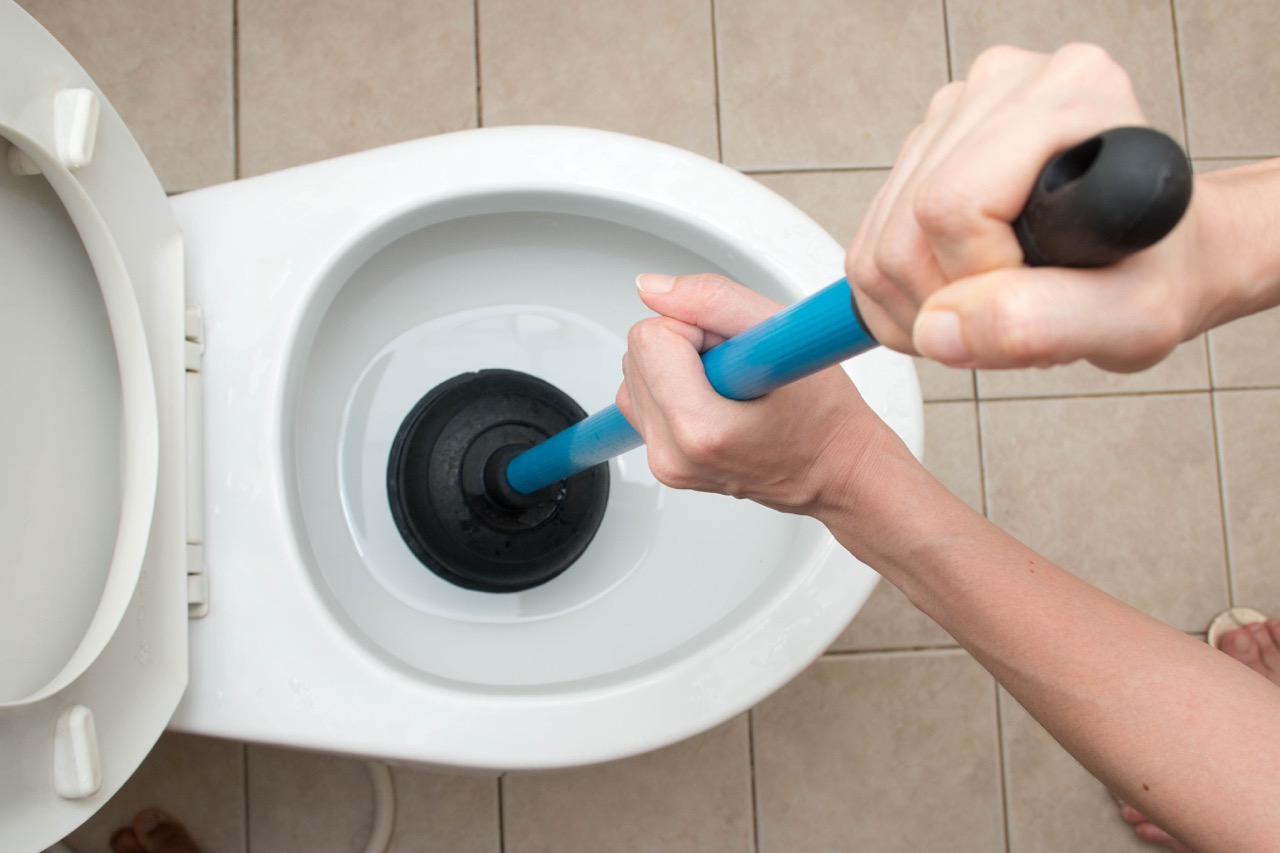
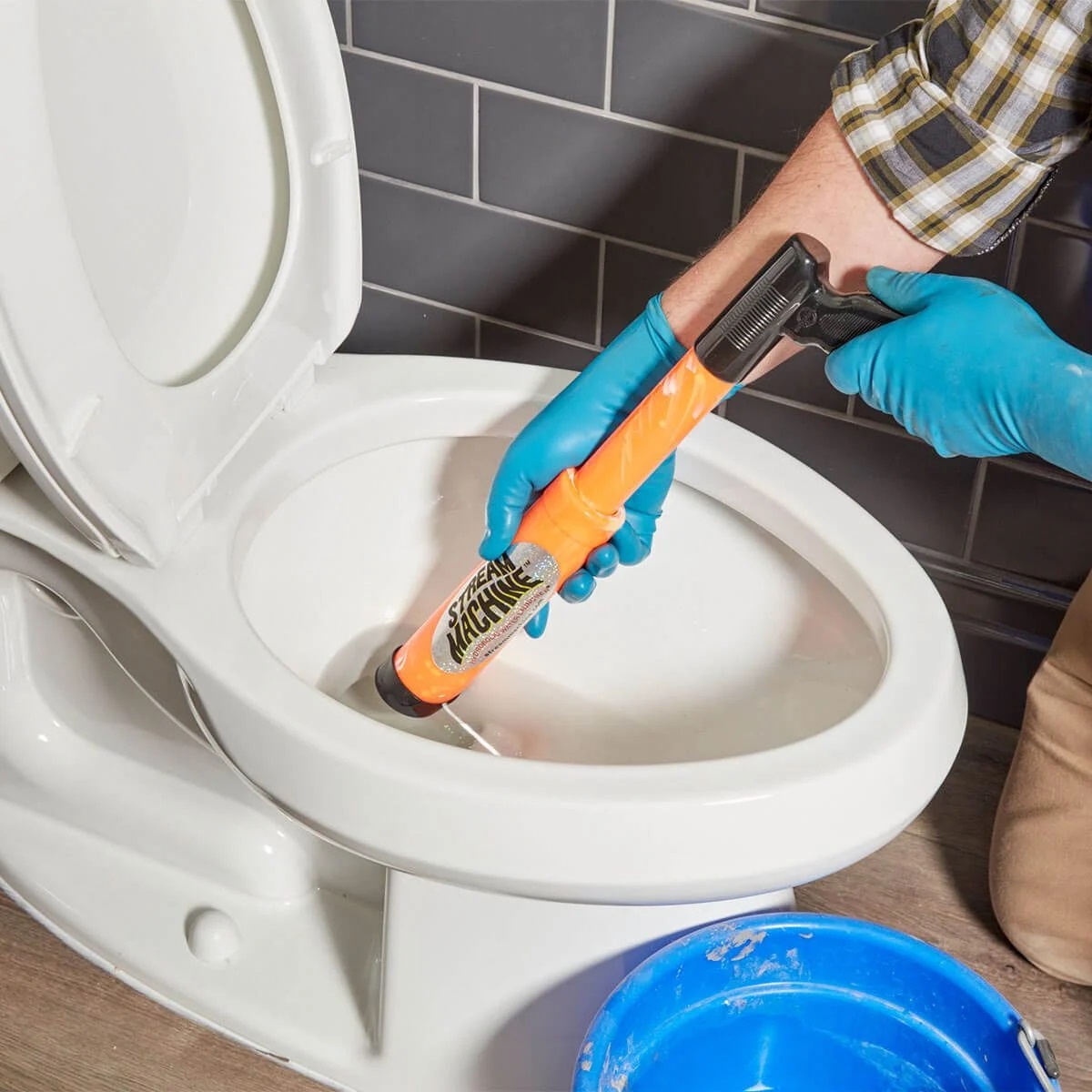
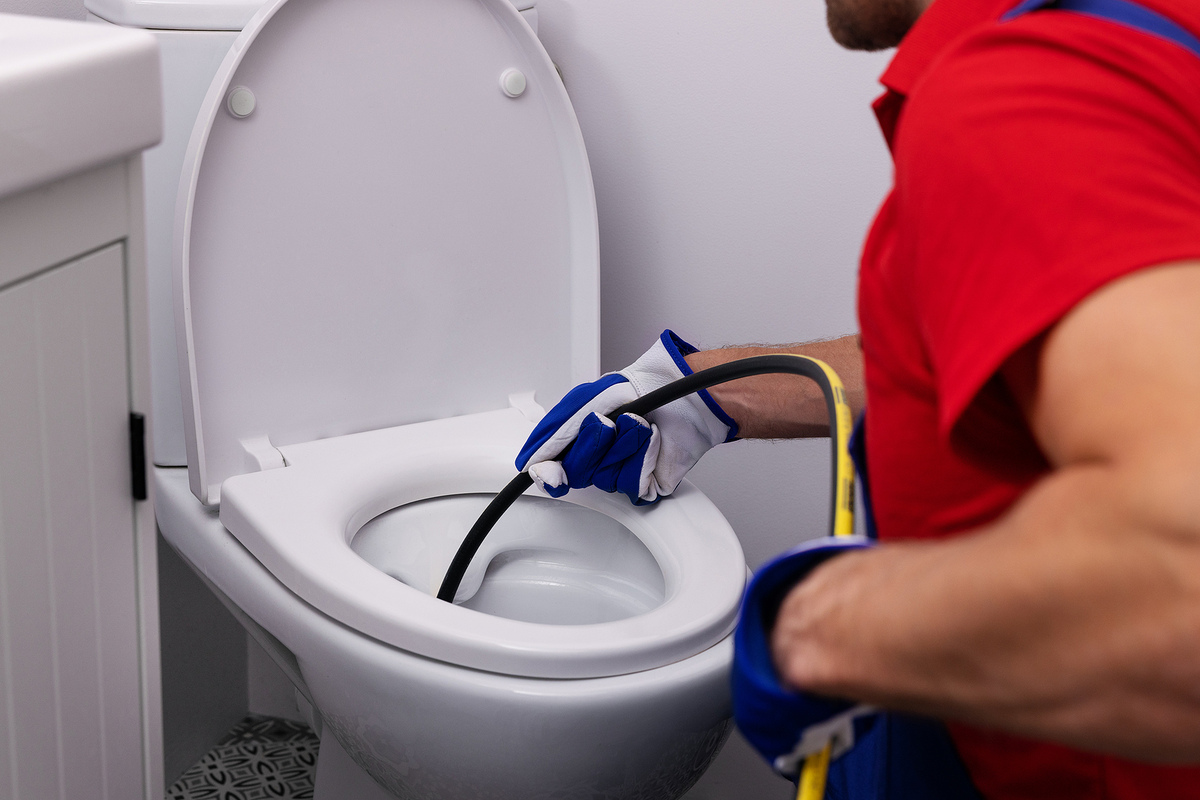
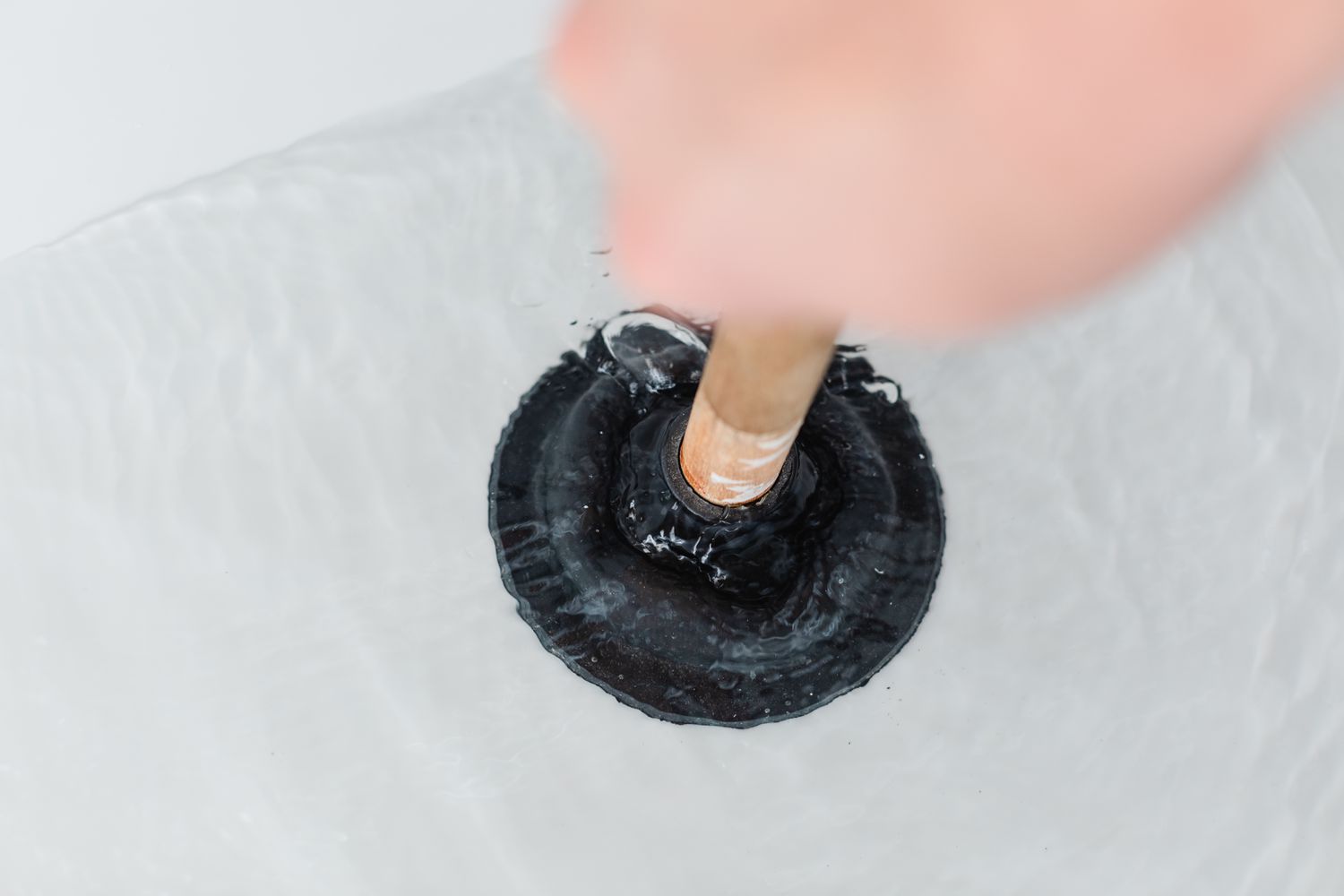
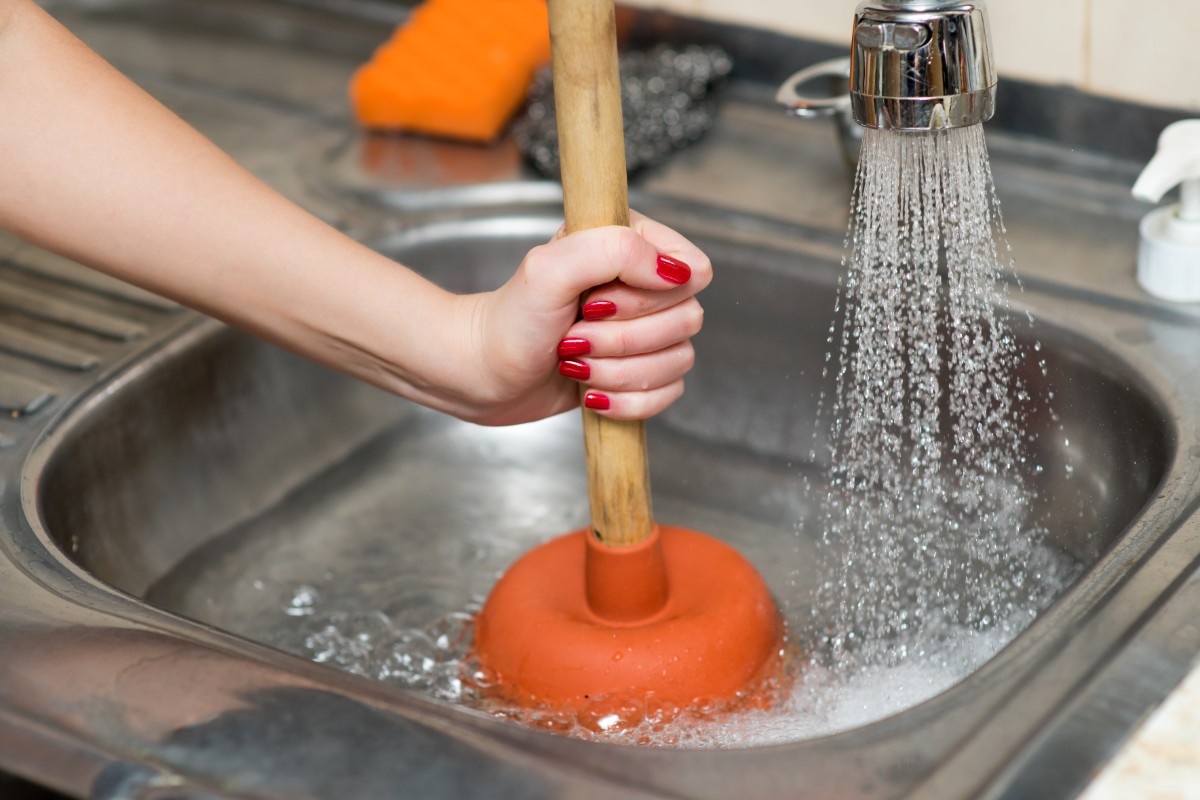
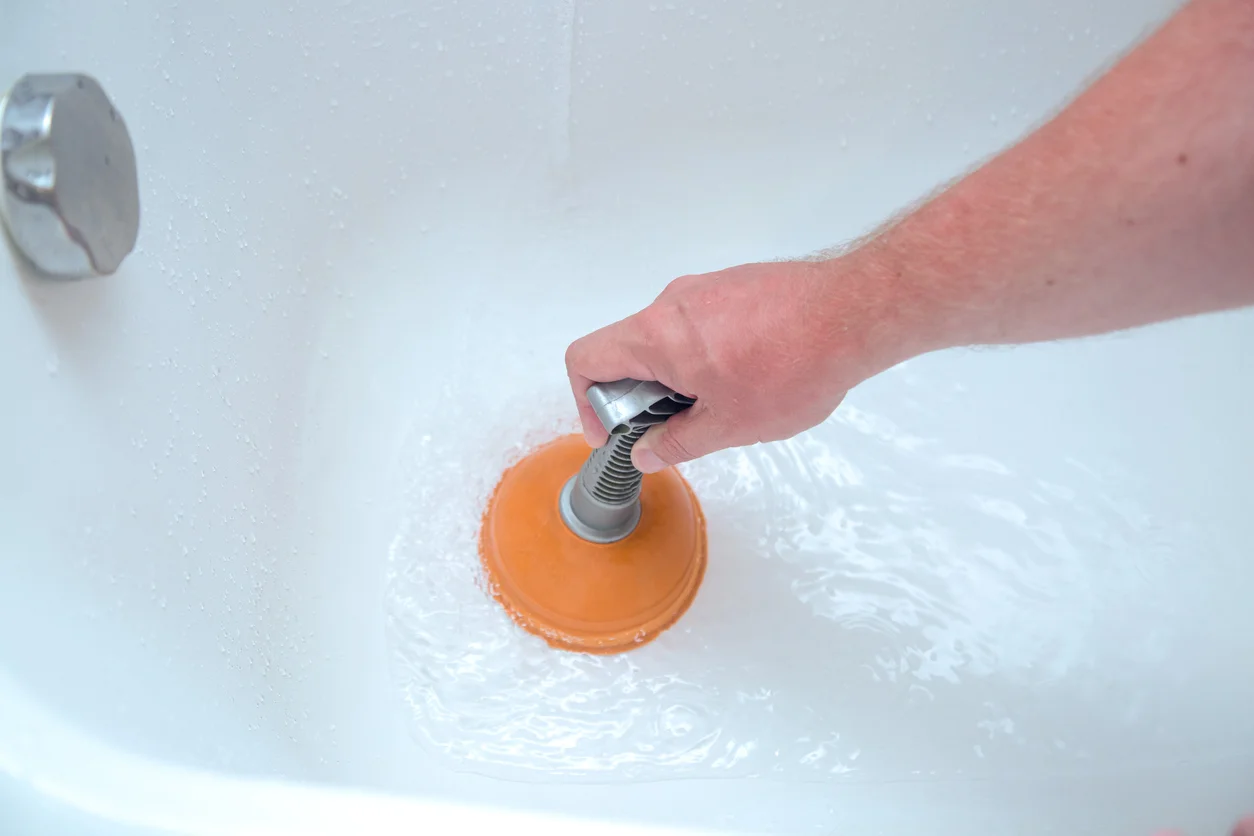
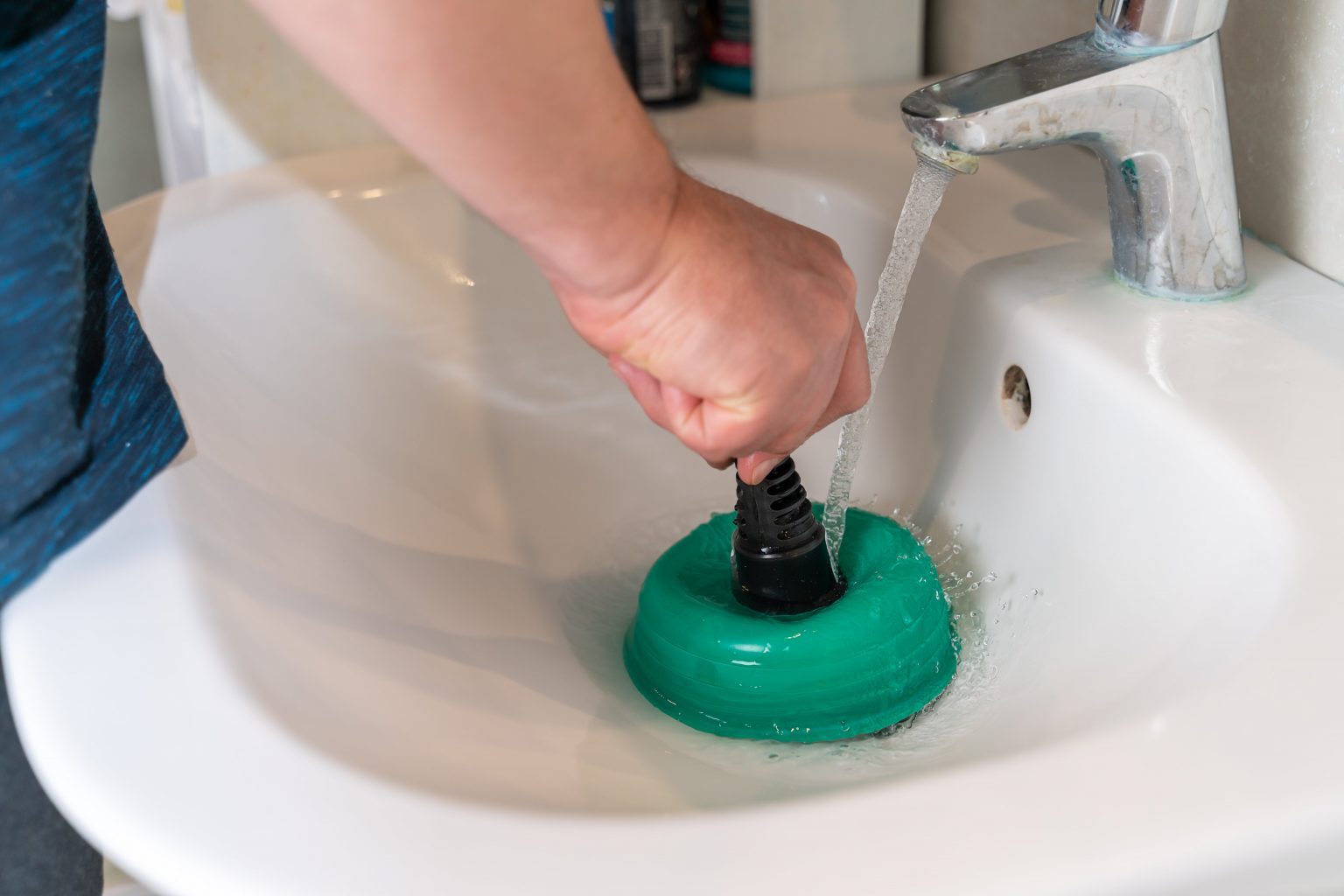
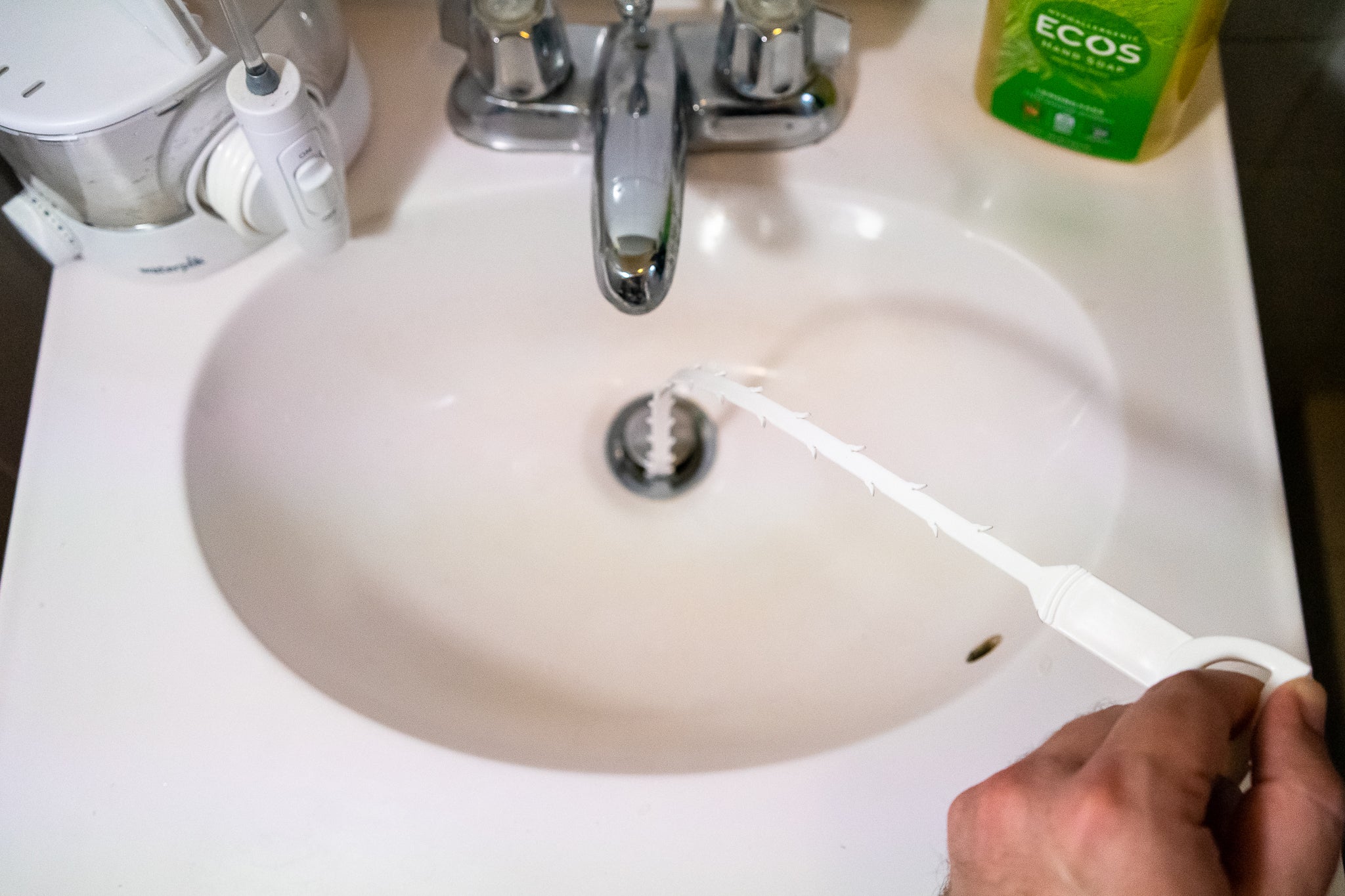
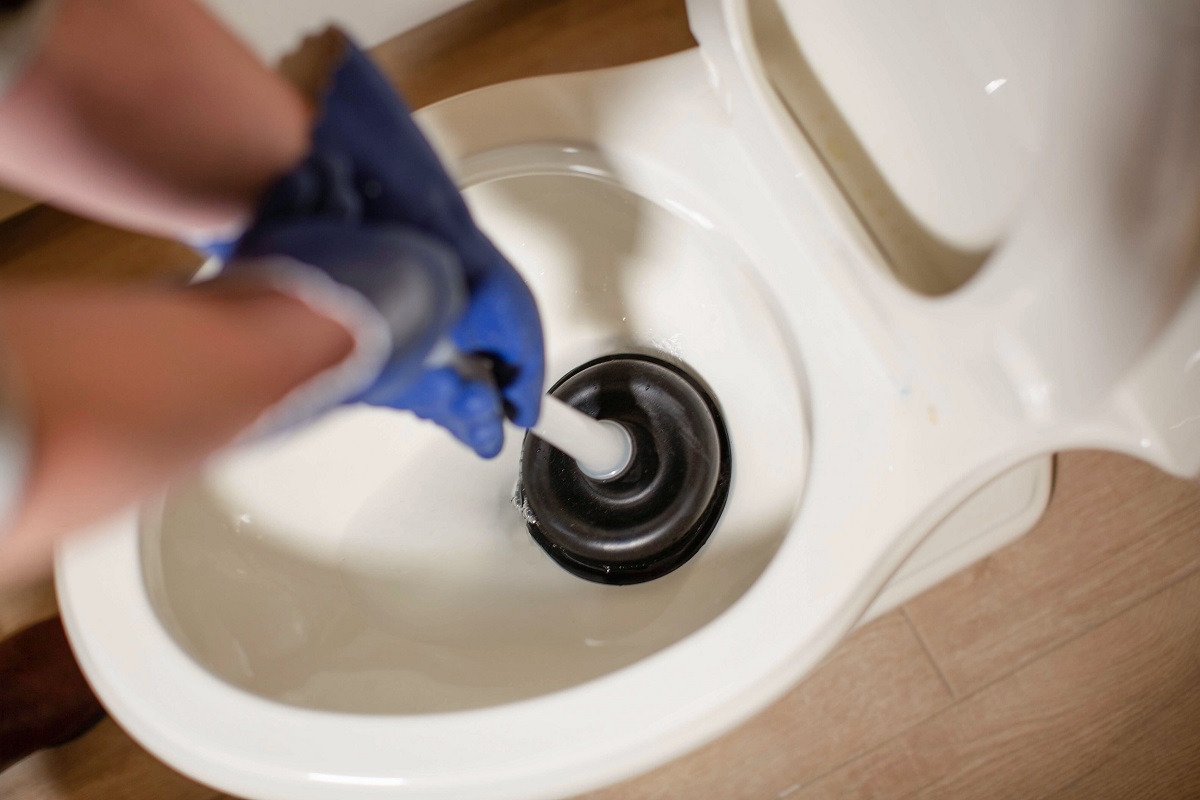
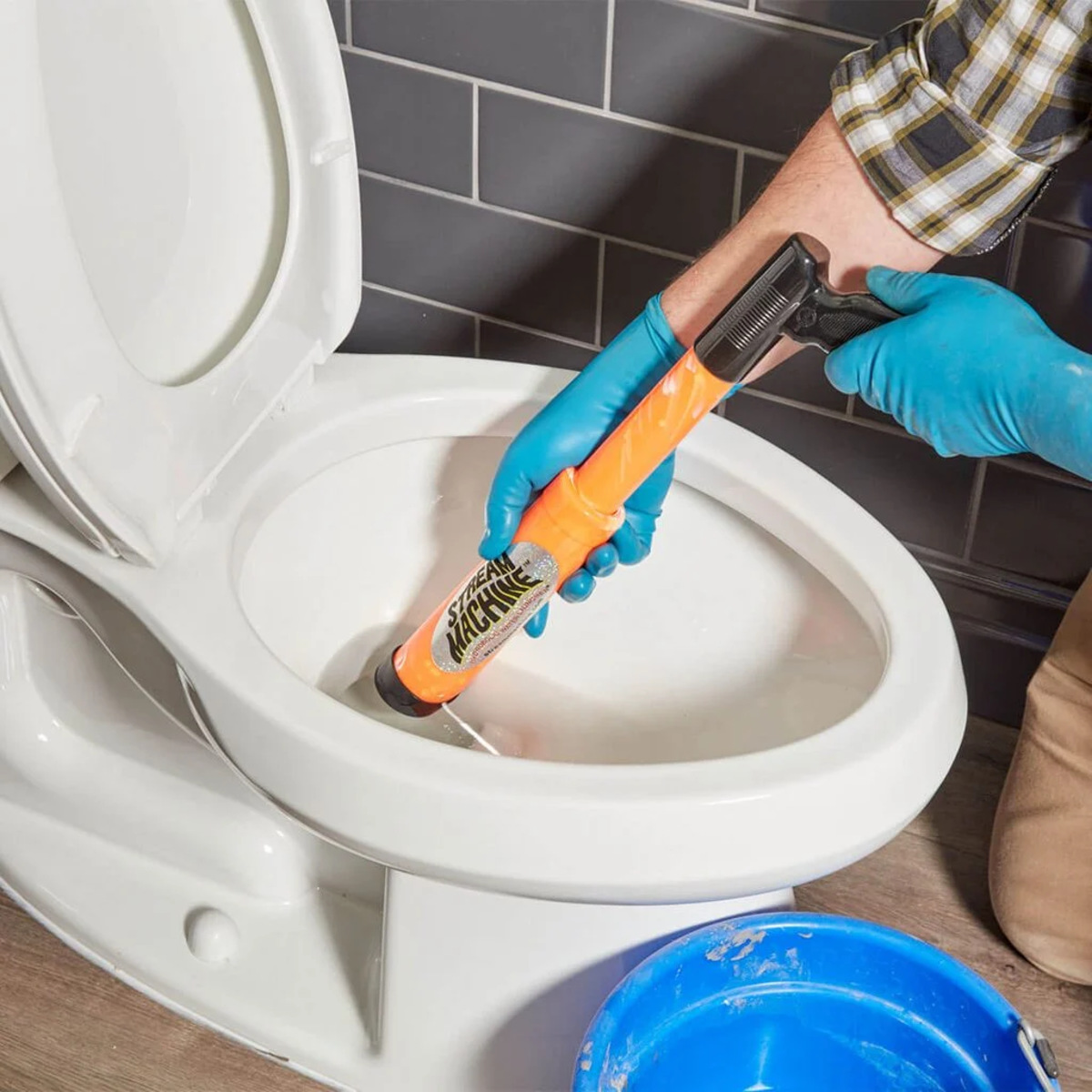
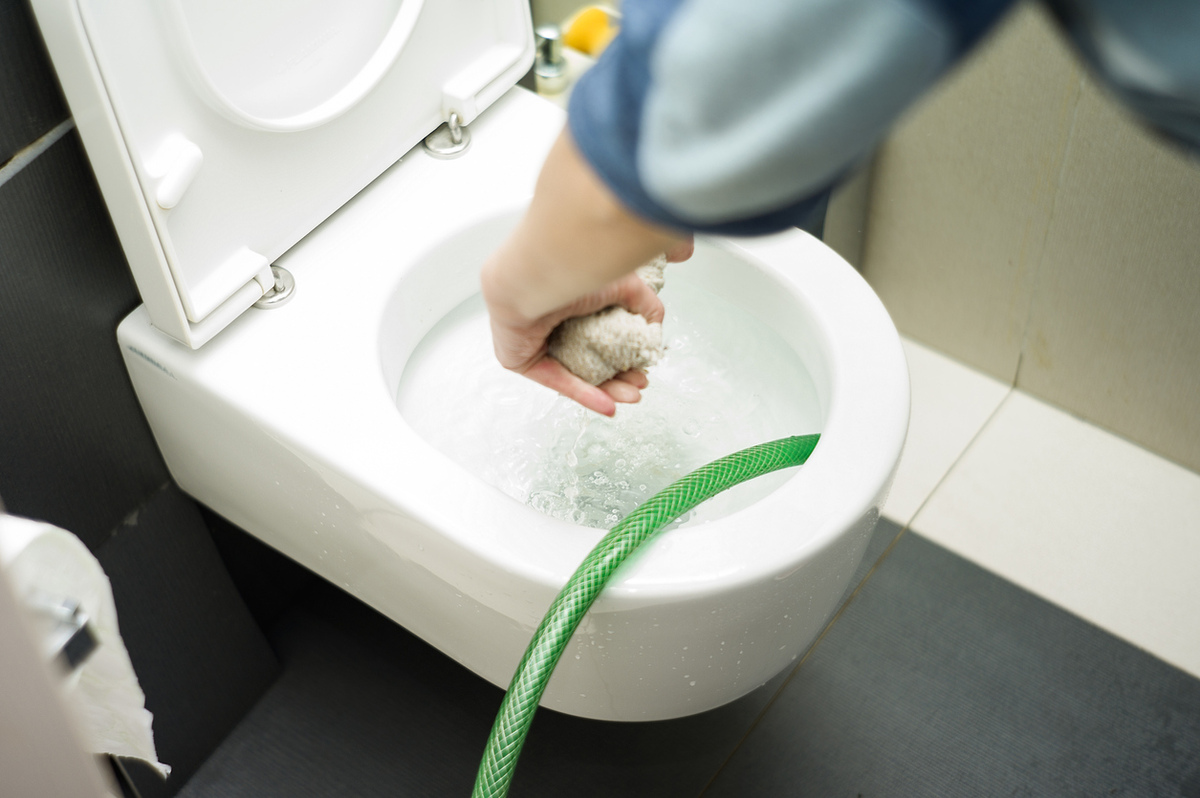

0 thoughts on “How To Unclog A Toilet With Plunger”